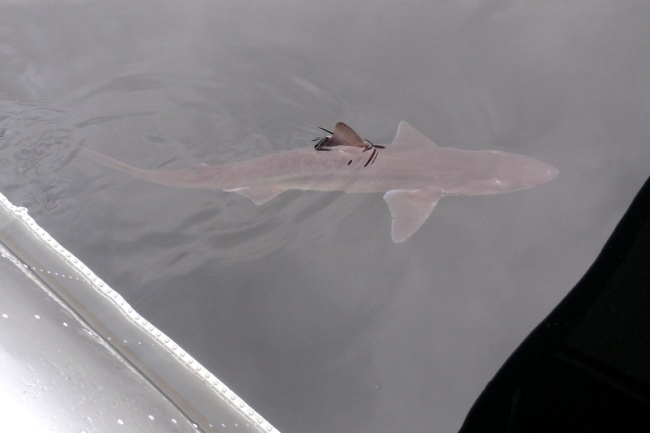Preserving sentimental history in Alaska glaciers
Over the years, I became by default the family archivist of all things sentimental from the past. I just couldn’t get rid of Grandma Wirth’s high-top shoes or Uncle Woody’s WWII helmet, or Bill’s mom’s wedding dress and fur coat, or my dad’s hand-made vice or my mom’s favorite dishes, or my aunt’s original art, etc., etc. I didn’t mind it when I was younger and had plenty of space for storage, but time changed those circumstances and I started a process of “thoughtful re-purposing.” Not much stayed within the family, just not an interest there, but I did find good homes for everything.

“Freedom Foundation at Valley Forge”…. Honoring Mary Kay Flynn, Editor VFW Auxiliary Magazine, 1972.
However, I was still left with a lot of small things that are not appropriate for even a thrift store donation, but which meant a lot to my family members – the reason they saved them their entire lives. I just couldn’t throw the things that were so special to them into the garbage when they passed.
Our solution was to preserve them possibly for thousands of years from now by “depositing” them on glaciers in SE Alaska. A cold-weather version of putting a message in a bottle and seeing if anyone finds it as the years go by. Or maybe it is like geocaching but when the coordinates are not given and the find will be totally accidental. As glaciers retreat, they have given up bodies and artifacts that have always amazed me, like the iceman in Europe. Well, at some time in the future, someone just may find my families medals and awards and jewelry and they will take on a new life in a special place.
We are choosing spots near where the rivers of ice are fed, not only for a softer landing for the items, but also an instant burial in the snow. We put them in two (recycled) stainless steel bottles to help preserve them.

The landing zone. Shoulder harness off (but seat-belt still on), door opened and family packages slipped out of the plane. It felt good.
Maybe in a hundred years or 3,000 years, the packages will be found and those people will wonder what the items mean, how did they get there, who owed them, etc.? My relatives’ keepsakes have been given a life-extension and I have been relieved of the guilt of throwing sentimental things in the trash. It is a gamble that the items will ever be found, but there is always a chance.












































































